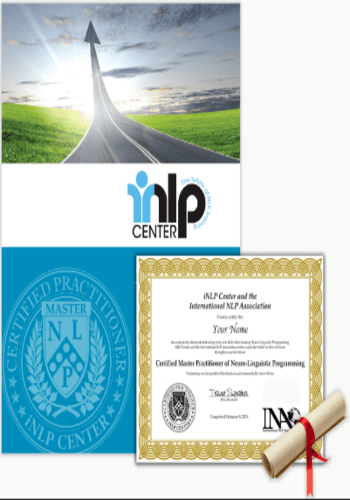Betty Alice Erickson – Ericksonian Hypnosis From Primary Sources
Original price was: $113.00.$17.00Current price is: $17.00.
Salepage link: At HERE. Archive:
n
 Betty Alice Erickson – Ericksonian Hypnosis From Primary Sources
Betty Alice Erickson – Ericksonian Hypnosis From Primary Sources
n
n
n
nBetty Alice Erickson
nEricksonian hypnosis from primary sources
n
nBetty Alice Erickson, MS, LPC, LMFT, a hypnosis demonstration subject for
n
nher father’s patients and students for over 30 years, has been Keynote Speaker
n
nand faculty for national and international Conferences. Co-author of Hope &
n
nResiliency she’s written numerous book chapters and articles. Her latest book
n
n(with Bradford Keeney), Milton Erickson, American Healer, has been
n
ntranslated into three languages
n
nThe seminar program
n
nA brief biography and history of Milton Erickson .
nA brief overview of the basics of hypnosis. What is it? Why does it work?
nThe similarities and differences between formal  hypnosis and conversational hypnosis.
nHypnotic communication. Â When and how to use it. Demonstration. Exercises.
nThe self-hypnosis.
nHow can you learn and practice.
nDemonstration of self-hypnosis. Practice and exercise.
n
nNaturalistic trance.
nModeling and invitation. Â Expectations. Storytelling:
nDemonstration. Practice.
n
nFormal trance.
nFrom Standard induction to “Individualâ€.
nTechniques of formal trance.
nStandard induction.
nThe responsibility of the hypnotherapist.
nThe demonstration of  the standard induction: the levitation of the arms, fixation of the eyelids, etc.
nExercises. Practice.
n
nCooperation.
n“Create together!†the hypnotherapist leads
n“Never say “noâ€
nRead customer’s feedback.
nDemonstration, practice and exercises.
n
nDeepening of  the trance.
nThe steps – feedback what is really going on.
nThe truisms in the guidance.
nDirectional suggestion. The reality is what will happen. “Every breath is sure to follow the exhale.â€
nCompliance – “mirroringâ€.
nWhen the trance is deep enough?
nDemonstration, practice and exercises.
n
nIdeomotor signals.
nFinger movement, nodding, breathing . Â The conversation in the TRANS. Â Typical difficulties
nThe answers to the questions.
nDemonstration, practice and exercises.
n
nPsychological techniques.
nAge regression.
nState-dependent learning,  productive splitting of the “selfâ€.
nHow to help people “feel better†– self-acceptance and self-esteem.
nDirect and indirect suggestion.
nDemonstration, practice and exercises.
n
nThe Mind/Body.
nStress, pain management. Â Anxiety and panic.
nDemonstration, practice and exercises.
nHealing. Demonstration of healing
n
n
Only logged in customers who have purchased this product may leave a review.








Reviews
There are no reviews yet.